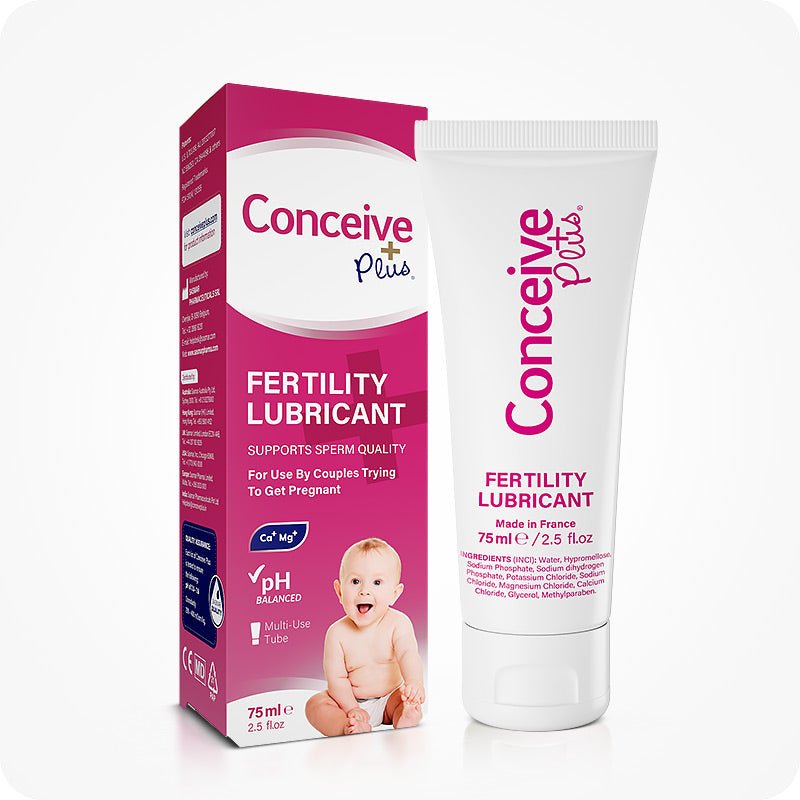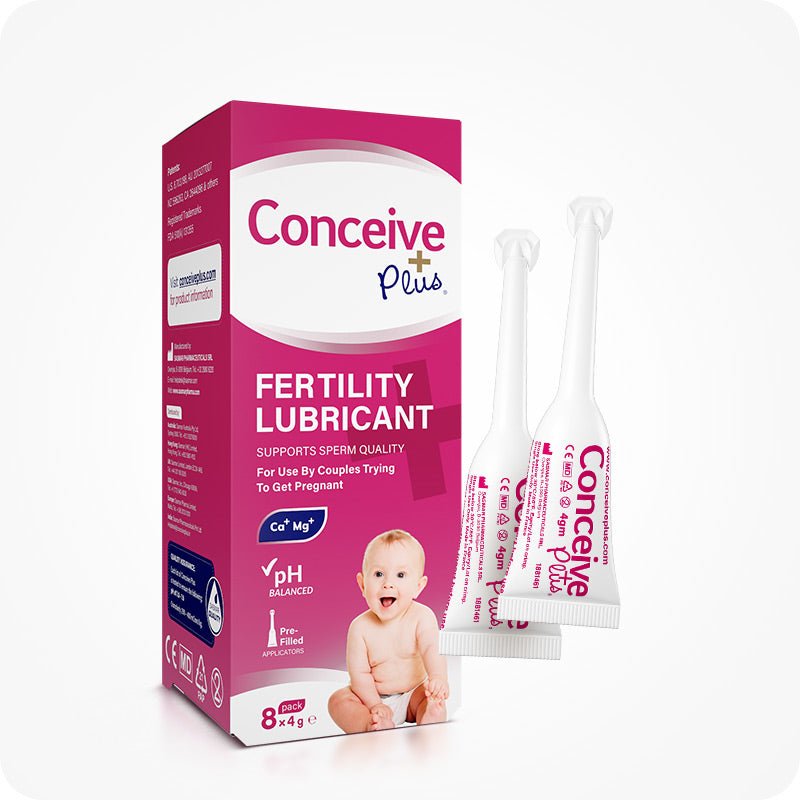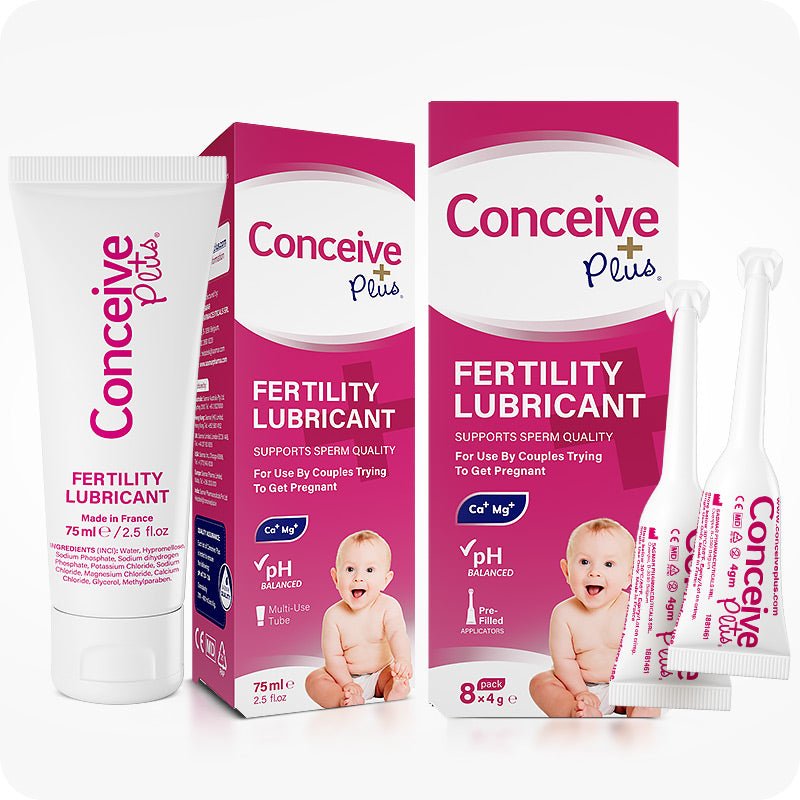What Is FAM: Exploring Natural Birth Control

Deciding on a birth control strategy can be both exciting and daunting. The choice depends on personal health, lifestyle, and values, prompting many individuals to explore non-hormonal avenues. In recent years, fertility awareness methods (FAMs) or natural family planning have gained attention among couples who prefer to avoid pharmaceuticals or devices. FAMs have been 77-98% effective as contraceptives, meaning only 2-23 couples out of 100 usually get pregnant while on FAMs [1]. For those wondering what is FAM, it’s a natural approach to understanding fertility cycles. This article will examine the fundamentals of FAM, its strengths and limitations, and how modern users are harnessing technology to make fertility tracking more precise. Read on to discover how this natural approach aligns with today’s quest for healthier, body-friendly living.
Foundations of Fertility Awareness
Fertility awareness is based on identifying the window during which a woman is most likely to conceive. Throughout each menstrual cycle, several biological markers shift in predictable ways, providing cues that ovulation is approaching or has recently occurred. These signals typically include changes in cervical mucus, basal body temperature fluctuations, and minor alterations in the cervix itself. Individuals who practice a FAM method carefully monitor these signs, recording their observations daily [2].
Historically, this approach was sometimes labeled as “natural family planning,” often tied to specific religious or cultural traditions. However, modern fertility awareness spans various lifestyles and perspectives, appealing to those looking for either pregnancy achievement or prevention. Instead of relying on synthetic hormones or long-term interventions, practitioners use biological cues and consistent tracking to gauge fertile days. While the overarching principle remains the same—knowing when ovulation takes place—new tools and research have significantly refined our ability to forecast and confirm these phases with greater accuracy.
Unique Aspects of the FAM Method
The fam contraceptive method stands out for being free of hormones, thereby avoiding common side effects such as migraines, mood swings, or unwanted weight changes. Rather than introducing synthetic chemicals that suppress or modify the menstrual cycle, it encourages users to track natural cycles and make informed decisions about whether to abstain or use protective measures on fertile days. This grants users a sense of control over their bodies, while providing insights into patterns of health and wellness that might otherwise go unnoticed [3].
Fertility awareness can also be adapted to different goals. Those seeking conception can pinpoint their most fertile window and schedule intercourse to maximize pregnancy chances. Conversely, couples who desire to postpone parenthood can abstain from or employ barrier methods during the specific days when the risk of conception is highest. This flexibility highlights one of the major draws of FAM: it is not just about preventing pregnancy but about understanding and working with one’s reproductive cycle in a holistic manner.
Practical Tools for Tracking and Success
Accurately interpreting fertility signals demands consistency and education. Traditional methods involve taking one’s basal body temperature each morning upon waking. Even a shift of 0.2 degrees Fahrenheit can signal that ovulation is imminent or has recently passed. Another crucial indicator is cervical mucus, which changes texture and appearance throughout the cycle. During highly fertile days, mucus often becomes clearer and more elastic—a reliable clue that ovulation is near [4].
While paper charts and printed diagrams were once the norm, technology now plays a significant role in easing the learning curve. Smartphone apps, wearable thermometers, and online forums allow for real-time data input and feedback. Advanced algorithms are designed to spot ovulation patterns more accurately than simple calendar-based approaches. However, these tools should be supplemented with a comprehensive understanding of fertility signs rather than relied upon blindly. Even the most sophisticated device can’t account for every user’s emotional state, environmental changes, or slight variations in body chemistry.
Over time, many individuals find they become more attuned to their unique cycle cues. This can foster a deeper sense of self-awareness, bridging the gap between natural processes and informed decision-making. Some couples also appreciate the teamwork aspect, with both partners participating in charting and interpreting signs, thereby strengthening communication around family planning.
Pros and Cons of a Natural Approach
Natural birth control can be quite appealing if avoiding medical interventions is a priority. However, like any contraceptive option, it comes with pros and cons:
-
No Hormonal Side Effects
Those sensitive to hormonal fluctuations may find that the fam contraceptive method alleviates negative symptoms. -
Enhanced Body Awareness
Users often gain insight into how stress, diet, and overall health impact their cycles, thereby promoting healthy lifestyle choices. -
Cost-Effectiveness
Beyond the initial investment in a basal thermometer or an app subscription, there are no continuous expenses, making this method budget-friendly.
On the other hand, sticking to a strict tracking regimen may demand discipline and a willingness to adapt day-to-day activities. Variations in sleep patterns or travel schedules can throw off temperature readings. Additionally, typical-use failure rates can be higher than with consistent use of hormonal contraceptives or intrauterine devices—particularly if a user is not vigilant about charting signs or if couples are lax about using backup protection on fertile days. Accuracy, therefore, hinges on careful observation and education.
Medical and Lifestyle Factors
While hormone-free, a fam method does require relatively regular cycles to be at its most effective. Individuals with highly irregular periods may face difficulties detecting ovulation cues. Conditions like polycystic ovary syndrome (PCOS) or thyroid imbalances can complicate the detection of a reliable fertility pattern. Healthcare providers can help identify and manage these challenges, sometimes suggesting a modified approach or combining fertility awareness with other methods.
For individuals with irregular cycles or conditions like PCOS, incorporating supplements such as Conceive Plus Ovulation Support can help regulate ovulation and support hormonal balance, making fertility awareness methods more effective.
Another practical consideration is personal or cultural comfort with periodic abstinence, if that’s the chosen preventive approach. Some couples might prefer barrier methods during fertile windows; others may rely solely on avoiding intercourse for a designated period. Regardless of how one navigates this, it’s crucial to maintain open communication and shared decision-making between partners. A mutual commitment to following guidelines and interpreting data makes a significant difference in a FAM strategy’s success.
In terms of safety, there are no direct risks related to monitoring fertility signals. However, if used incorrectly, there is a higher chance of an unplanned pregnancy. Consulting a fertility awareness educator or medical professional is often recommended, especially in the initial phase. This helps in learning nuanced patterns such as subtle temperature shifts or ambiguous mucus changes. It’s also beneficial for individuals unsure about whether fertility awareness is compatible with other health considerations, like postpartum cycles or perimenopause.
The Bottom Line
Ultimately, understanding what is FAM goes beyond learning a set of rules; it’s a practice that combines diligent tracking, modern tools, and personal responsibility to ensure reproductive goals align seamlessly with everyday life.
In a world that offers an array of contraceptive options, many are turning toward holistic methods that emphasize autonomy and a deeper connection to their own bodies. By focusing on ovulation cues and cyclical patterns, users can either work toward pregnancy or avoid it, all without synthetic hormones or implanted devices.
References:
- Planned Parenthood. Fertility Awareness Methods. (Retrieved on- 12-Feb-2025). Available online: https://www.plannedparenthood.org/learn/birth-control/fertility-awareness
- Duane M, Stanford JB, Porucznik CA, Vigil P. Fertility Awareness-Based Methods for Women's Health and Family Planning. Front Med (Lausanne). 2022 May 24;9:858977. doi:10.3389/fmed.2022.858977. PMID: 35685421; PMCID: PMC9171018.
- P. Frank-Herrmann, J. Heil, C. Gnoth, E. Toledo, S. Baur, C. Pyper, E. Jenetzky, T. Strowitzki, G. Freundl, The effectiveness of a fertility awareness based method to avoid pregnancy in relation to a couple's sexual behaviour during the fertile time: a prospective longitudinal study, Human Reproduction, Volume 22, Issue 5, 1 May 2007, Pages 1310–1319, https://doi.org/10.1093/humrep/dem003
- Steward K, Raja A. Physiology, Ovulation And Basal Body Temperature. [Updated 2023 Jul 17]. In: StatPearls [Internet]. Treasure Island (FL): StatPearls Publishing; 2025 Jan-. Available from: https://www.ncbi.nlm.nih.gov/books/NBK546686/
Buy prenatal vitamins with DHA from Conceive Plus, the fertility brand formulated for positive results! Helping trying to conceive and pregnant women with the best prenatal with DHA for pregnancy, the premium prenatal with DHA supplements available with free shipping. Order prenatal vitamins with DHA online here.














